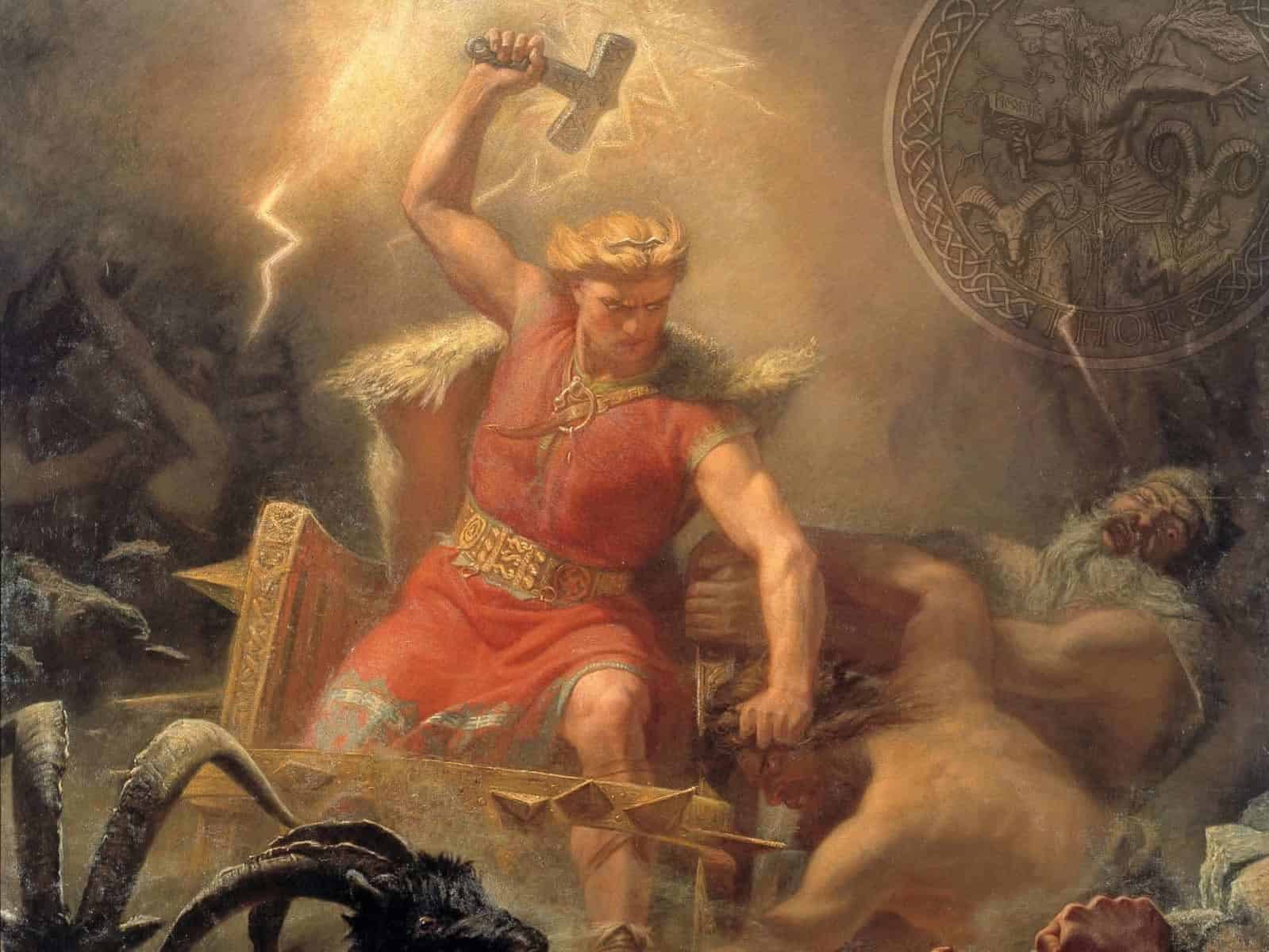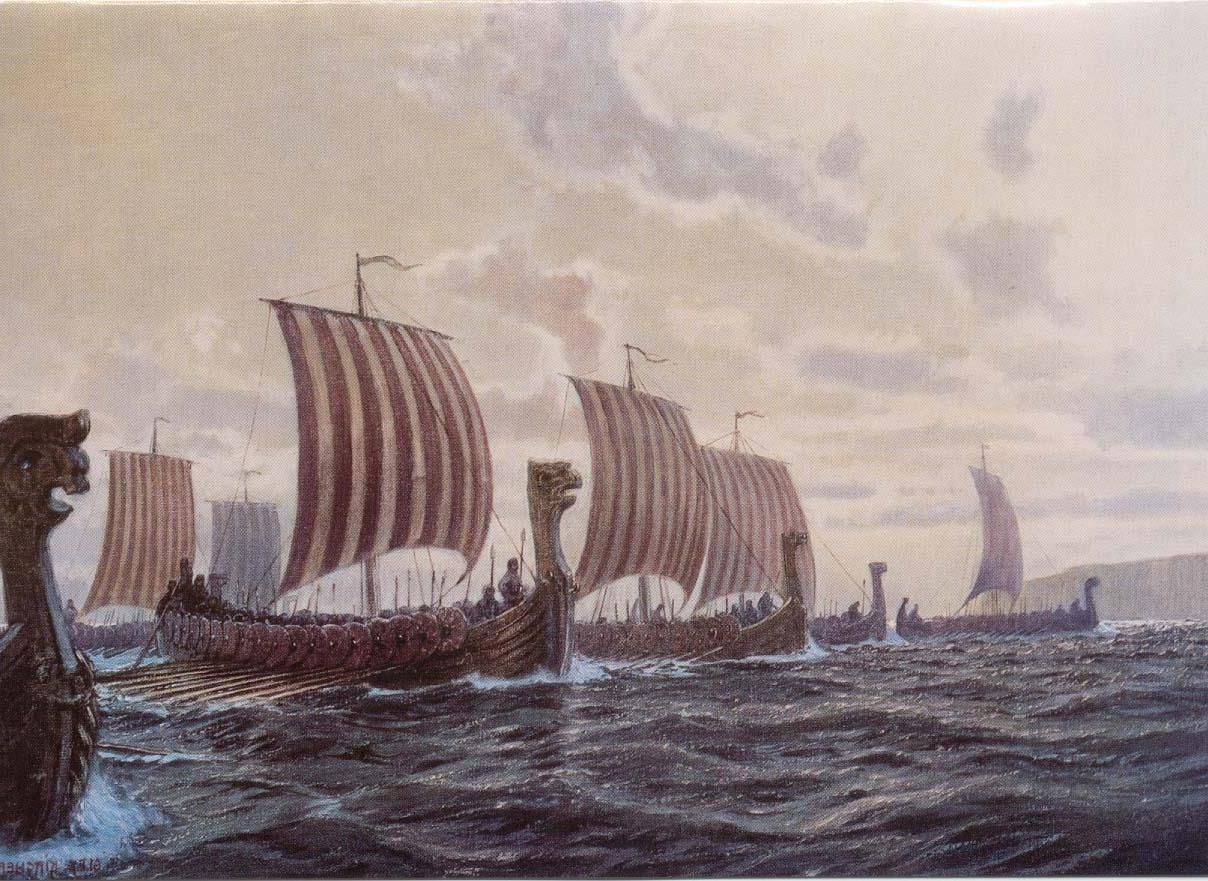Viking scholarship and history underwent serious changes recently. A more nuanced view sees Vikings as more than vicious raiders and wanton killers who terrorized the civilized world. Vikings not only raided, but also traded, farmed, fished, and other pursuits similar to those that occupied the lives of their contemporaries. Nonetheless, the raiding and widespread devastation were a major part of the Vikings’ legacy. If they had simply farmed, fished, and traded, few would know about them today or care. Below are twenty five things about fascinating but lesser known Viking facts.

ADVERTISEMENT - CONTINUE READING BELOW
The Sudden Eruption of the Vikings
From the late eighth century to the eleventh, a period that came to be known as the Viking Age, the Vikings burst on the scene from seemingly nowhere to terrorize, devastate, and settle in much of Europe. In their Scandinavian homes, the Vikings were farmers, fishermen, traders, and the like. When they took to the sea in groups made up of clan leaders and chieftains, accompanied by their retainers and adventurers in search of booty, they morphed into raiders and pillagers. From their longships, they appeared suddenly along coasts and the banks of navigable rivers in hit and run attacks that left widespread havoc in their wake.

ADVERTISEMENT - CONTINUE READING BELOW
They burned, plundered, and slaughtered on a massive scale that earned them the name vikingr, which meant “pirate” in contemporary Scandinavian languages. They had a major impact on European history. Vikings settled and at times dominated the British Isles, Normandy, the Baltic, and much of modern day Russia, Ukraine, and Belarus. Their reach extended beyond Europe, and their lethal raids terrorized the Mediterranean Sea and the Middle East. Pants-soiling scary to contemporaries, the Vikings began to be viewed through a romanticized lens of noble savages in the eighteenth and nineteenth centuries.

